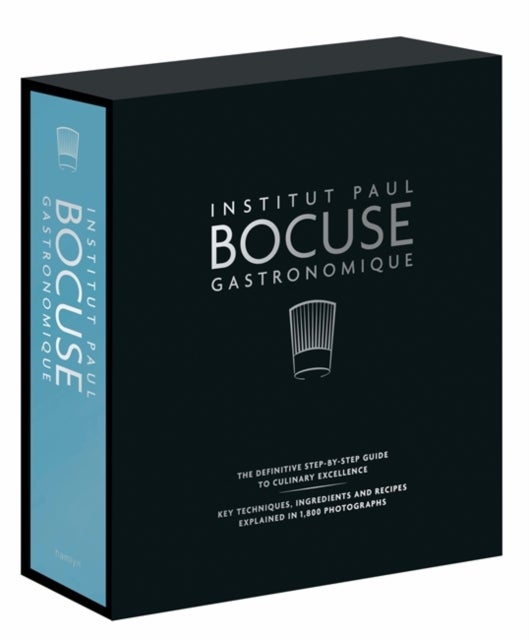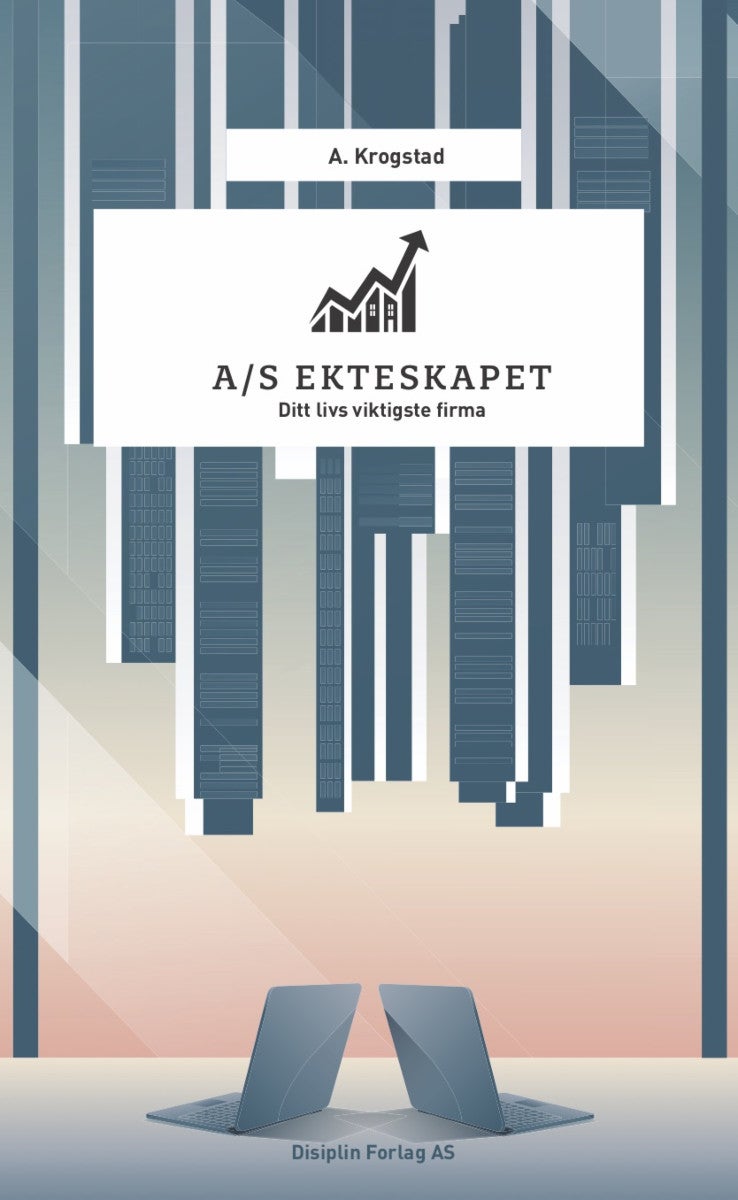
Semisupervised Learning for Computational Linguistics av Steven Abney
779,-
The rapid advancement in the theoretical understanding of statistical and machine learning methods for semisupervised learning has made it difficult for nonspecialists to keep up to date in the field. Providing a broad, accessible treatment of the theory as well as linguistic applications, Semisupervised Learning for Computational Linguistics offers self-contained coverage of semisupervised methods that includes background material on supervised and unsupervised learning.<BR><BR>The book presents a brief history of semisupervised learning and its place in the spectrum of learning methods before moving on to discuss well-known natural language processing methods, such as self-training and co-training. It then centers on machine learning techniques, including the boundary-oriented methods of perceptrons, boosting, support vector machines (SVMs), and the null-category noise model. In addition, the book covers clustering, the expectation-maximization (EM) algorithm, related generative meth








